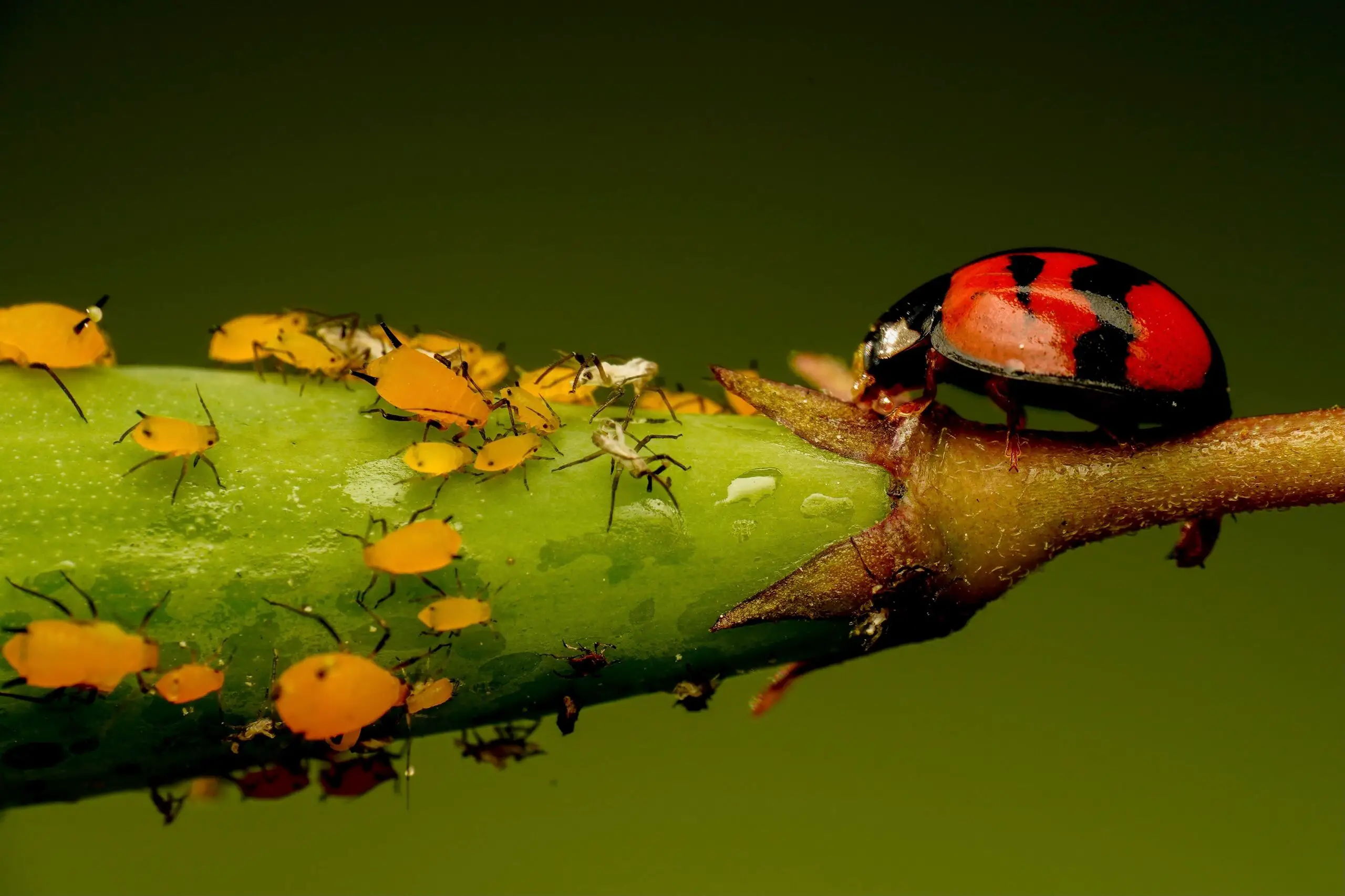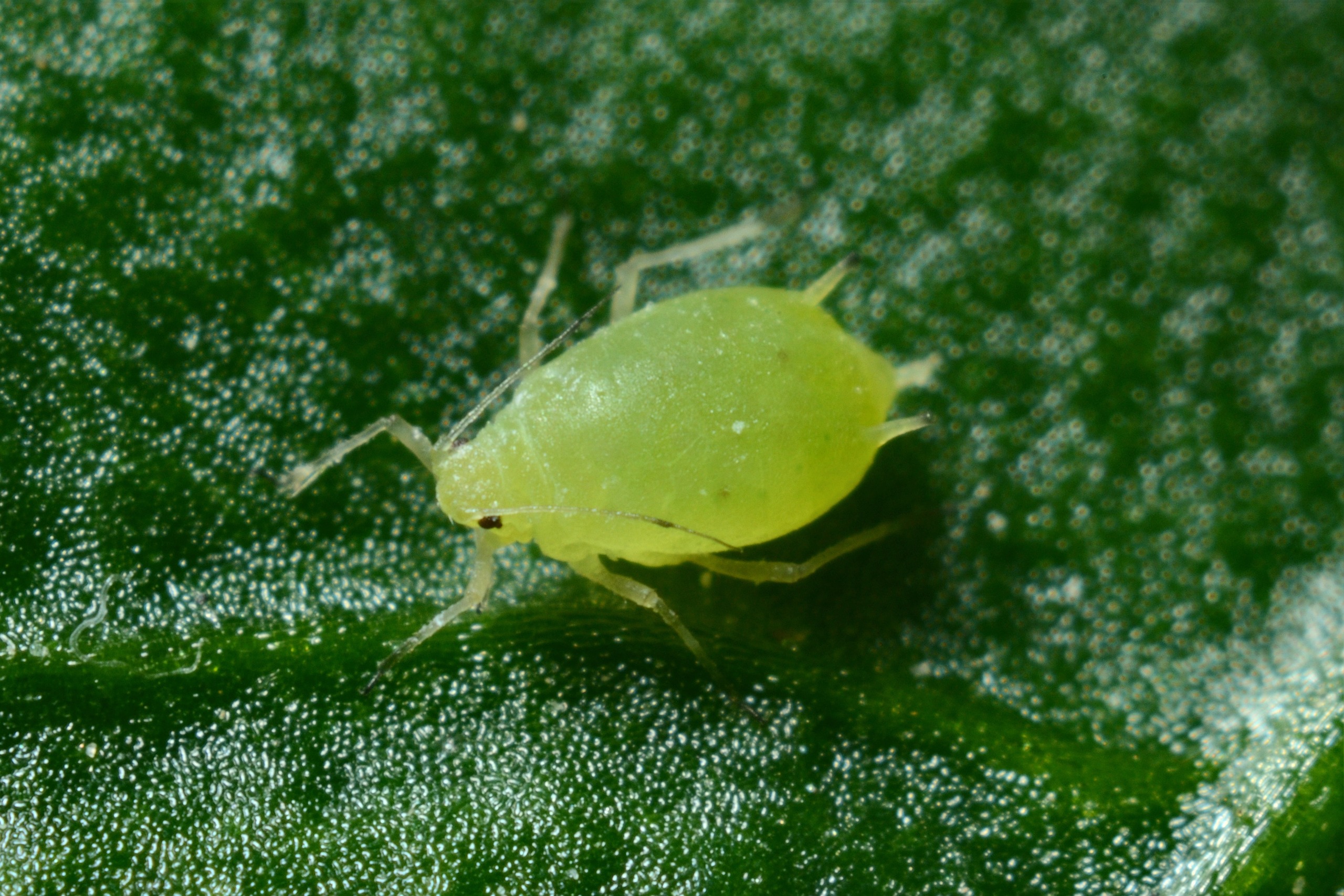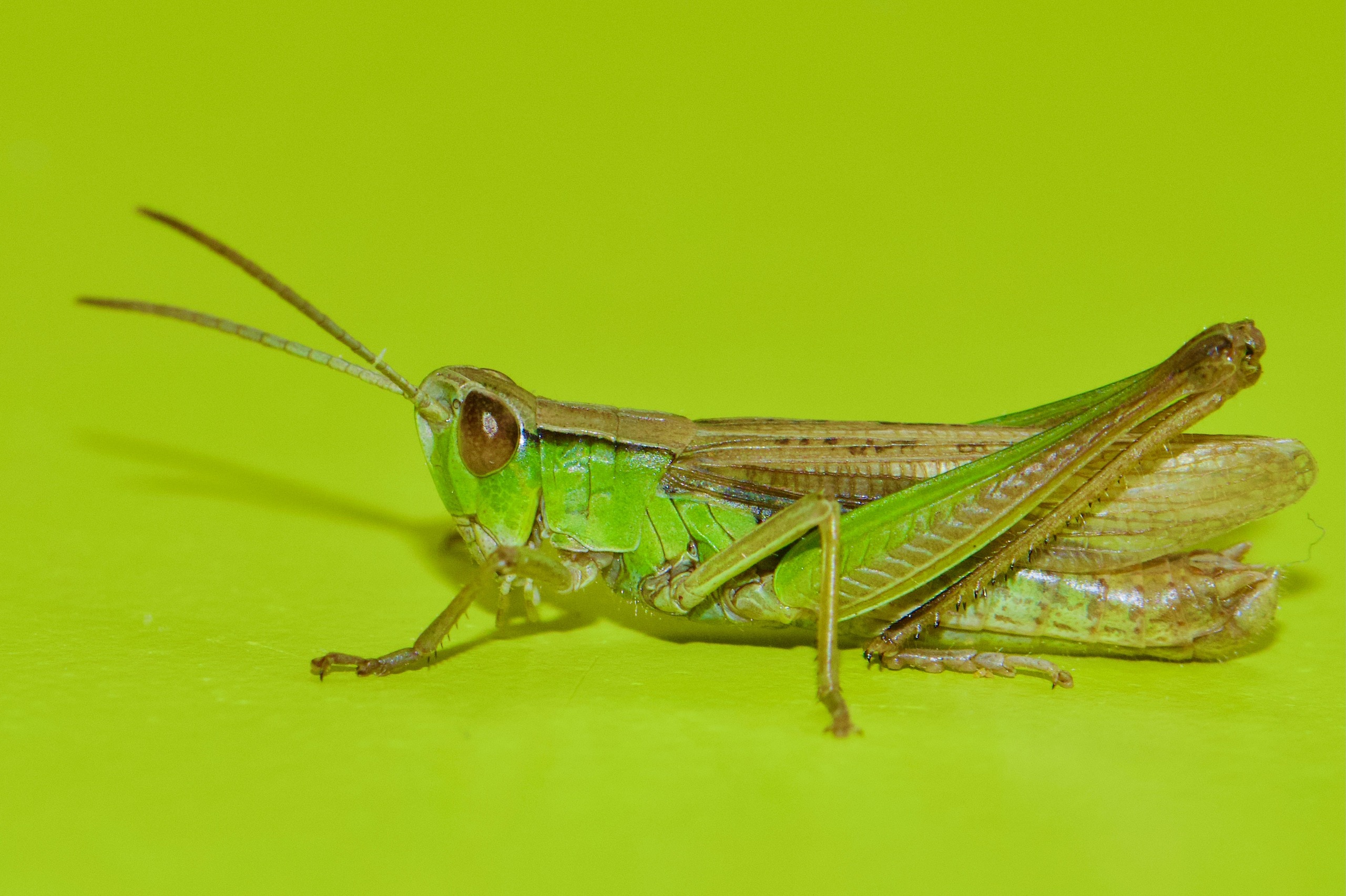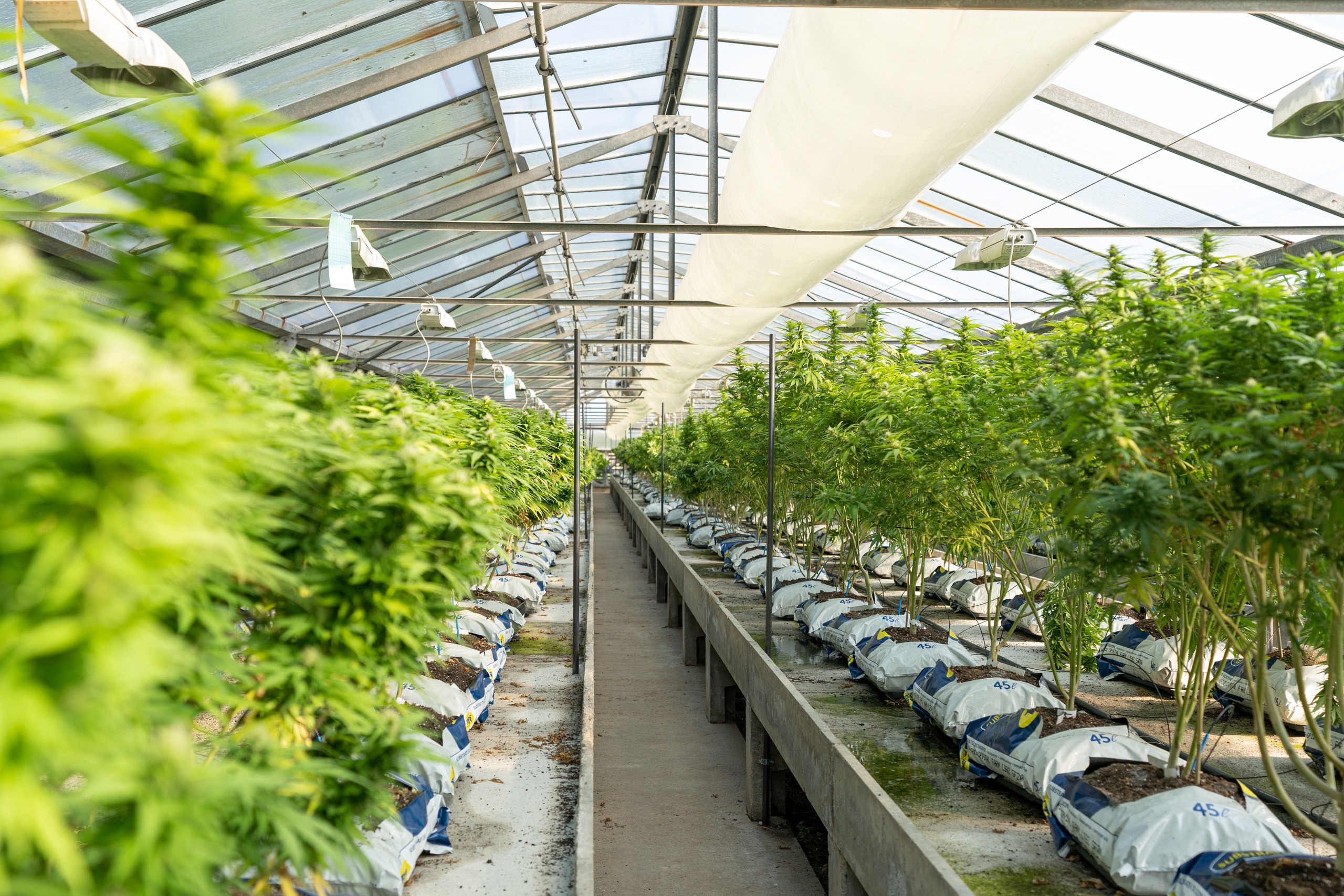
Most growers will agree that one of the most aggravating and damaging problems to cannabis crops is pests. Coming in all shapes and sizes, pests can destroy an entire harvest if left untreated. Knowing what pests can impact a cannabis crop is the first step toward preventing them from invading your grow.

Photo by Henry Lai on Unsplash
Depending on the pest and where it has been, they can do a wide range of damage. Pests can be carriers of viruses, viroids, and other types of pathogens. At the very least, they leave cannabis crops susceptible to pathogens after devouring parts of the plant including the leaves and roots. When this happens, cannabis plants will place time and energy into repairing the damage rather than producing large, healthy flowers.
Pests can also damage the flowering buds in certain cases. Some pests, like spider mites, leave webs over the flowers and leaves (any part of the plant they can reach), ruining the cannabis crop. In other cases, pests can stress the flowering plants out to the point they herm.

Photo by Viktor Forgacs on Unsplash
Aphids are a common pest that many growers will encounter in their careers. These small bugs are known to devour plant sap. There are multiple species of aphid, including (but not limited to);
Aphids can damage plants at all stages of their lifecycle, starting with the larvae damaging plant roots. Adult aphids will feed on sap from the plant, chewing on leaves and stems. According to the University of Wisconsin, “large numbers of aphids can reduce the growth rate or vigor of plants from excessive sap removal. Chlorotic spots may develop where cell contents have been removed or there may be general yellowing.”
Thrips are another common insect that is known to damage cannabis plants. These small winged insects are known to chew on stems and leaves of the plant. Similar to aphids, thrip larvae can also damage the roots of the plant.
According to Missouri Botanical Garden, “The insects feed by puncturing the surface of the plant parts with their single large mandible and slurping the plant juices that seep from the wound.”
Fungus gnats are one of the most common plant pests that anyone who works with plants will experience. These tiny winged insects lay their eggs in the soil/soil alternative. Typically, it will be the larvae that cause the most damage to plants, feeding on the roots of the plant.
According to the Colorado State University Extension Office, “Fungus gnat adults are highly attracted to moist-growing media. Furthermore, as the growing medium ages or degrades it tends to retain more moisture, which will also attract fungus gnat adults.” This is why IPM schedules are vital to helping prevent the onset of bugs like fungus gnats. For more information about IPM, please continue reading below.

Photo by Viktor Forgacs on Unsplash
Grasshoppers are a common pest typically seen by those with outdoor grows or greenhouses. This common pest is known to devour and damage leaves. According to information from the Utah State University Extension Office, there are more than 400 different kinds of grasshopper species in North America alone.
Unlike aphids and thrips, grasshoppers need a larger predator than ladybugs. This is why growers who experience grasshopper infestations on their cannabis crops utilize natural pesticides (depending on state laws) and predator bugs like praying mantis.
If you find a small white bug covered in what looks like cotton crawling on your plants, then you may have mealybugs. These tiny bugs are a common pest that destroys plant foliage. In some instances, they can go after the roots of a cannabis plant as well.
According to the University of Wisconsin, “Mealybugs are difficult to get rid of because immatures typically wedge themselves in stem crotches, leaf folds, or other tight locations where washing or pesticides cannot reach them. The best way to control mealybugs on houseplants is to prevent them from being established in the first place.”
The umbrella term Mites can cover many different subspecies. The most widely recognized is the spider mite, known for its webbing that can destroy entire crops. However, there are other crop-damaging mites including;
Mites, whatever the specific kind may be, can infiltrate a grow via host, new plant introduction (if the new plant is already infected and not treated before introduction), or contaminated soil. These pests thrive in decaying biomass and can breed rapidly if not tackled immediately upon detection. In this case, a multi-pronged plan of attack is required.

Photo by CRYSTALWEED cannabis on Unsplash
The best line of defense against pests like those listed above is to practice good cleanliness standards, quarantine new plants that come into the grow, use PPE to limit host transfer, and have a well-rounded IPM plan in place.
When it comes to cleanliness, the key is to be consistent and thorough. It will not do your crop any good if you simply do the bare minimum. For example, even if you clean the soil and debris from the pots and tables, while at the same time leaving the same material under the tables on the floor, it will not prevent pests. By implementing a strong and thorough cleaning schedule, it can go a long way toward preventing pests from taking hold of your cannabis crop.
When bringing new plants into the grow, it is important to quarantine them to ensure they will not introduce pests and pathogens to the established crop. While this sounds like a no-brainer, it can be easily overlooked in the excitement to incorporate new strains and genetics into your grow’s portfolio. Quarantining your new additions can help keep your established plants healthy and prevent expensive problems from occurring.
Did you know that humans can be a host to carry pests to plants? Bugs like aphids and spider mites can hitch a ride on our clothing, which are then transferred to healthy plants. We can pick up pests in our home grows, vegetable/herb gardens, other grows or grow rooms (even in the same facility!), and even from the woods for those that enjoy a good nature walk. However, you don’t have to give up those things to make sure your cannabis crop stays healthy. Having PPE gear like gloves, scrubs, and hair nets can help prevent the transfer of pests. Please note that for this to be effective, PPE gear needs to be utilized correctly.
IPM is short for Integrated Pest Management. This can be a combination of things. First and foremost is using beneficial bugs that prey on harmful bugs. Ladybugs are a popular option, however, praying mantis also are great predator bugs. There are a wide variety of predator bugs that can be included in an IPM regime.
Second, preventative sprays can be used, depending on your state’s laws and regulations. These sprays typically contain natural oils like peppermint and eucalyptus. For more information about what sprays are allowed, please contact the program that oversees the legal cannabis industry in your state.
No one wants pests in their grow. By implementing these steps, keeping them out is a lot easier. There are a lot of things that can impact cannabis crops negatively, the more you can prevent the better. And the more you know about pests like those listed above, the easier it will be to keep your cannabis crop healthy and produce high yielding harvests.
Works Cited
Cransaw, W.S., and R.A. Cloyd. “Fungus Gnats as Houseplant and Indoor Pests – 5.584 – Extension.” CSU Extension, 2009, https://extension.colostate.edu/topic-areas/insects/fungus-gnats-as-houseplant-and-indoor-pests-5-584/. Accessed 12 November 2023.
Evans, Edward W., and Erin W. Hodgson. “Grasshoppers.” Grasshoppers, 2008, https://agresearch.montana.edu/wtarc/producerinfo/entomology-insect-ecology/Grasshoppers/UtahFactSheet.pdf. Accessed 12 November 2023.
Mahr, Susan. “Aphids, in-depth – Wisconsin Horticulture.” Wisconsin Horticulture, N/A, https://hort.extension.wisc.edu/articles/aphids-2/. Accessed 12 November 2023.
Mahr, Susan. “Mealybugs – Wisconsin Horticulture.” Wisconsin Horticulture, N/A, https://hort.extension.wisc.edu/articles/mealybugs-2/. Accessed 12 November 2023.
Missouri Botanical Garden. “Thrips – indoors.” Missouri Botanical Garden, N/A, https://www.missouribotanicalgarden.org/gardens-gardening/your-garden/help-for-the-home-gardener/advice-tips-resources/pests-and-problems/insects/thrips/thrips-indoors. Accessed 12 November 2023.

to receive updates and news on our products, events and promos!